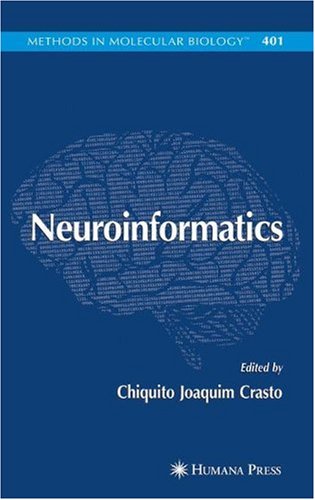

Most ebook files are in PDF format, so you can easily read them using various software such as Foxit Reader or directly on the Google Chrome browser.
Some ebook files are released by publishers in other formats such as .awz, .mobi, .epub, .fb2, etc. You may need to install specific software to read these formats on mobile/PC, such as Calibre.
Please read the tutorial at this link: https://ebookbell.com/faq
We offer FREE conversion to the popular formats you request; however, this may take some time. Therefore, right after payment, please email us, and we will try to provide the service as quickly as possible.
For some exceptional file formats or broken links (if any), please refrain from opening any disputes. Instead, email us first, and we will try to assist within a maximum of 6 hours.
EbookBell Team

0.0
0 reviewsNeuroinformatics presents cutting-edge techniques for the synergistic study of neuroinformatics, thereby facilitating the efforts of discovery neuroscience through the sharing of data and the use of computational models. This volume provides the scientific community with the tools and impetus for sharing their research with colleagues around the globe by offering insights, information, and compelling examples of success. Nearly a decade and a half after the launch of the Human Brain Project, this timely volume will help to refocus and enhance current research by informing both new and current Neuroinformatics practitioners. Neuroinformatics is conceptually divided into four sections. The first, Neuroscience Knowledge Management, has outstanding chapters dealing with the critical issues germane to computer science as applied to neuroscience. The second section, Computational Neuronal Modeling and Simulations, presents in-depth expert summaries on specific computational models and simulations as well as approaches to data mining.
The third section, Imaging, focuses on informatics representation and approaches to the structural complexity of the brain using a variety of both traditional and non-invasive imaging methods. The final section, Neuroinformatics in Genetics and Neurodegenerative Diseases, demonstrate the value of using components of neuroinformatics as a way to understand the complex disorders of Dementia, Schizophrenia and Alzheimer’s disease. Neuroinformatics will be an essential text for all those interested in keeping up with the latest issues in neuroinformatics and/or learning about and joining this field of research.